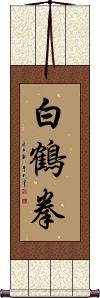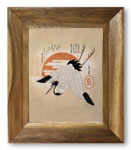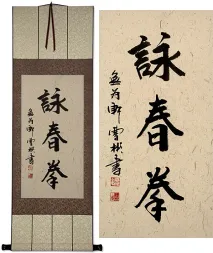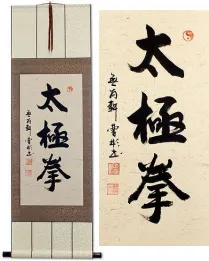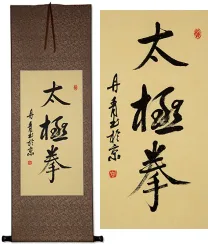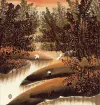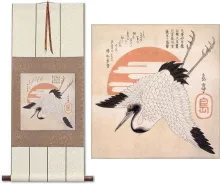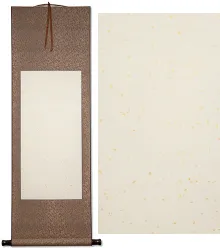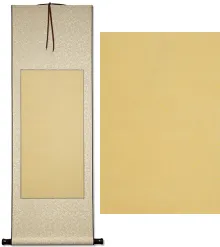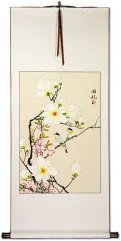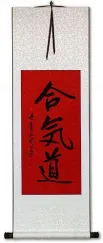Many custom options...
And formats...

The name White Crane Fist in Chinese / Japanese...
Buy a White Crane Fist calligraphy wall scroll here!
Personalize your custom “White Crane Fist” project by clicking the button next to your favorite “White Crane Fist” title below...
White Crane Fist
Five Ancestors Fist
五祖拳 is a martial arts concept (or school) known as Five Ancestors' Fist.
The first character means five.
The second means ancestor, forefather, or grandparents.
The third means fist.
The ancestors referred to by this title and whose attributes contribute to this style are as follows:
1. Grace of the White Crane.
2. Agility of the Monkey.
3. Precision and skill of Emperor Taizu (great mythical ancestor).
4. Power of Luohan (Buddhist arhat).
5. Breath of Damo (founder of Buddhism, or the first Buddha).
This in-stock artwork might be what you are looking for, and ships right away...
Gallery Price: $120.00
Your Price: $79.88
Gallery Price: $200.00
Your Price: $98.88
Gallery Price: $87.00
Your Price: $47.88
Gallery Price: $120.00
Your Price: $79.88
Gallery Price: $96.00
Your Price: $52.88
Gallery Price: $106.00
Your Price: $58.88
Gallery Price: $120.00
Your Price: $79.88
Gallery Price: $96.00
Your Price: $52.88
Gallery Price: $268.00
Your Price: $148.88
Gallery Price: $87.00
Your Price: $47.88
The following table may be helpful for those studying Chinese or Japanese...
| Title | Characters | Romaji (Romanized Japanese) | Various forms of Romanized Chinese | |
| White Crane Fist | 白鶴拳 白鹤拳 | bái hè quán bai2 he4 quan2 bai he quan baihequan | pai ho ch`üan paihochüan pai ho chüan |
|
| Five Ancestors Fist | 五祖拳 | wǔ zǔ quán wu3 zu3 quan2 wu zu quan wuzuquan | wu tsu ch`üan wutsuchüan wu tsu chüan |
|
| In some entries above you will see that characters have different versions above and below a line. In these cases, the characters above the line are Traditional Chinese, while the ones below are Simplified Chinese. | ||||
Successful Chinese Character and Japanese Kanji calligraphy searches within the last few hours...
